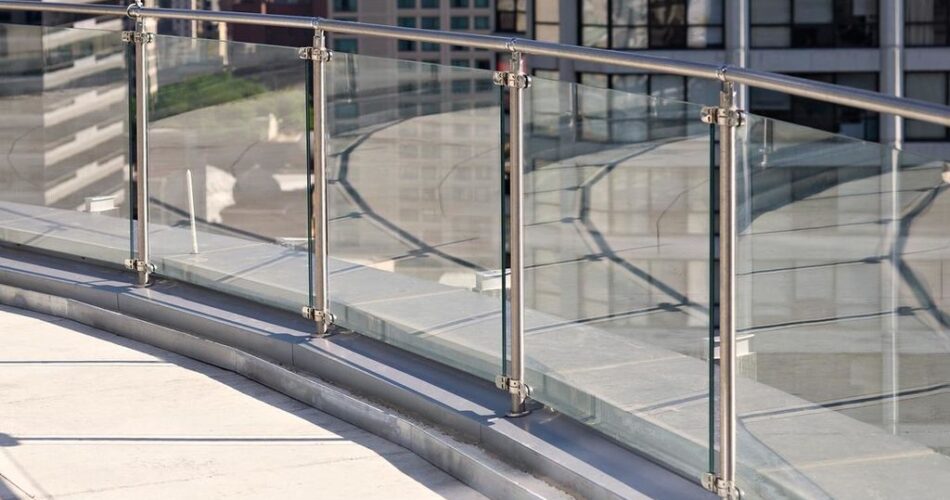Glass railings https://artlookglass.com/ are increasingly becoming a prominent feature in public spaces such as parks, bridges, and city squares. Their ability to blend functionality with aesthetic appeal makes them a preferred choice in urban and landscape architecture. This article explores the use of glass railings in these public settings, focusing on their benefits, design considerations, and impact.
Enhancing Visibility and Aesthetics in Parks
Uninterrupted Views of Nature
In park settings, glass railings offer an unobstructed view of the natural surroundings. They allow visitors to fully appreciate the beauty of the landscape without visual barriers, enhancing the overall experience of being in nature.
Complementing Natural Settings
The transparent nature of glass railings ensures that they blend seamlessly with the natural environment. They do not detract from the landscape design but rather complement it, preserving the aesthetic integrity of parks.
Safety and Accessibility on Bridges
Ensuring Safety without Compromising Views
On bridges, safety is a key concern, and glass railings provide a secure barrier without compromising scenic views. Whether it’s a pedestrian bridge in a city or a scenic viewpoint over a natural landscape, glass railings offer protection while allowing for full visibility.
Design for High-Traffic Areas
Glass railings in bridge designs are built to withstand the elements and the wear and tear of high-traffic areas. They are often made from tempered or laminated glass for added durability and safety.
Modernizing City Squares with Glass Railings
Contributing to Urban Aesthetics
In city squares, glass railings contribute to the modern urban aesthetic. They can be used to define areas, guide pedestrian flow, and enhance the overall look and feel of the urban space.
Facilitating Social Interaction
Glass railings in city squares allow for clear sightlines across the area, facilitating social interaction and engagement. They make spaces feel more open and connected, fostering a sense of community.
Design Considerations for Public Spaces
Balancing Form and Function
In public space design, it’s important to balance aesthetic appeal with functionality. Glass railings must be designed to meet safety standards, resist environmental factors, and require minimal maintenance, all while enhancing the space’s visual appeal.
Customization for Unique Settings
Glass railings offer a high degree of customization in terms of size, shape, and style. This allows for unique designs that can be tailored to the specific character and requirements of each public space.
Impact on Public Experience
Creating Welcoming Environments
Glass railings contribute to creating welcoming and inclusive environments in public spaces. Their transparency and modern look can make parks, bridges, and city squares more inviting to visitors.
Promoting Environmental Connectivity
In an increasingly urbanized world, glass railings help maintain a connection with the environment. They allow for an unobstructed view of the surroundings, promoting a sense of openness and connectivity.
Conclusion
The use of glass railings in public spaces such as parks, bridges, and city squares is a testament to the versatility and appeal of this material in urban design. They not only enhance safety and accessibility but also contribute significantly to the aesthetic and functional quality of public spaces. By offering clear views, blending with natural and urban environments, and providing durable and low-maintenance solutions, glass railings play a crucial role in shaping the experience of public spaces, making them more enjoyable and engaging for all.
